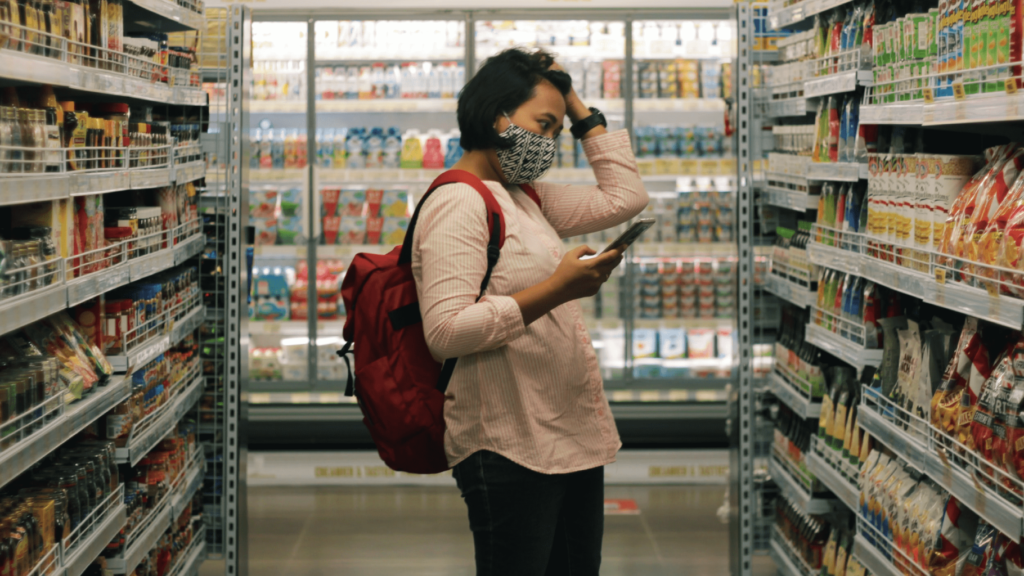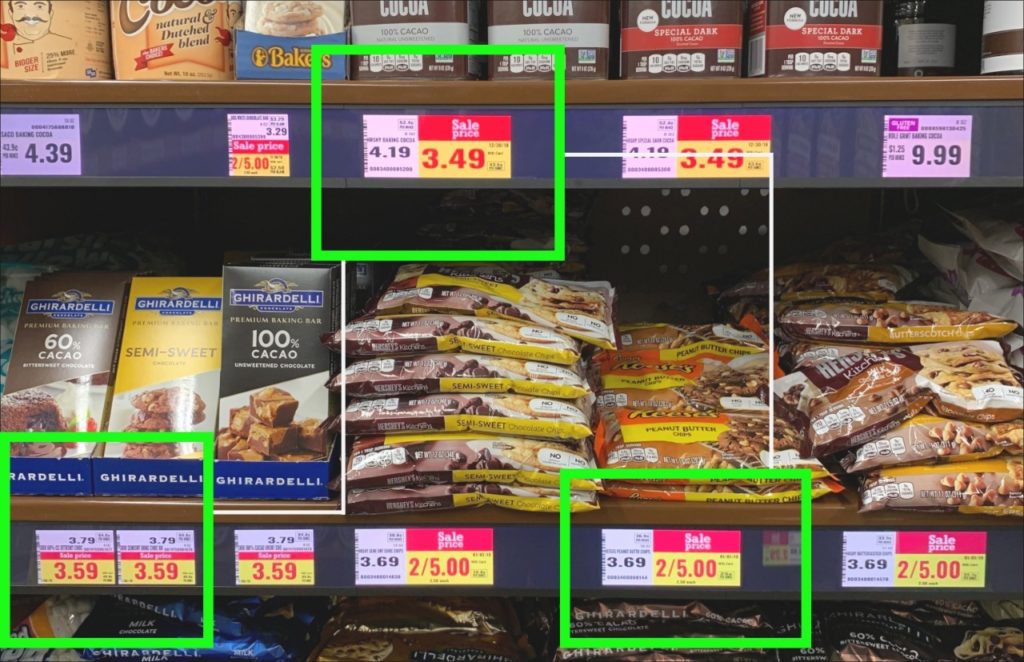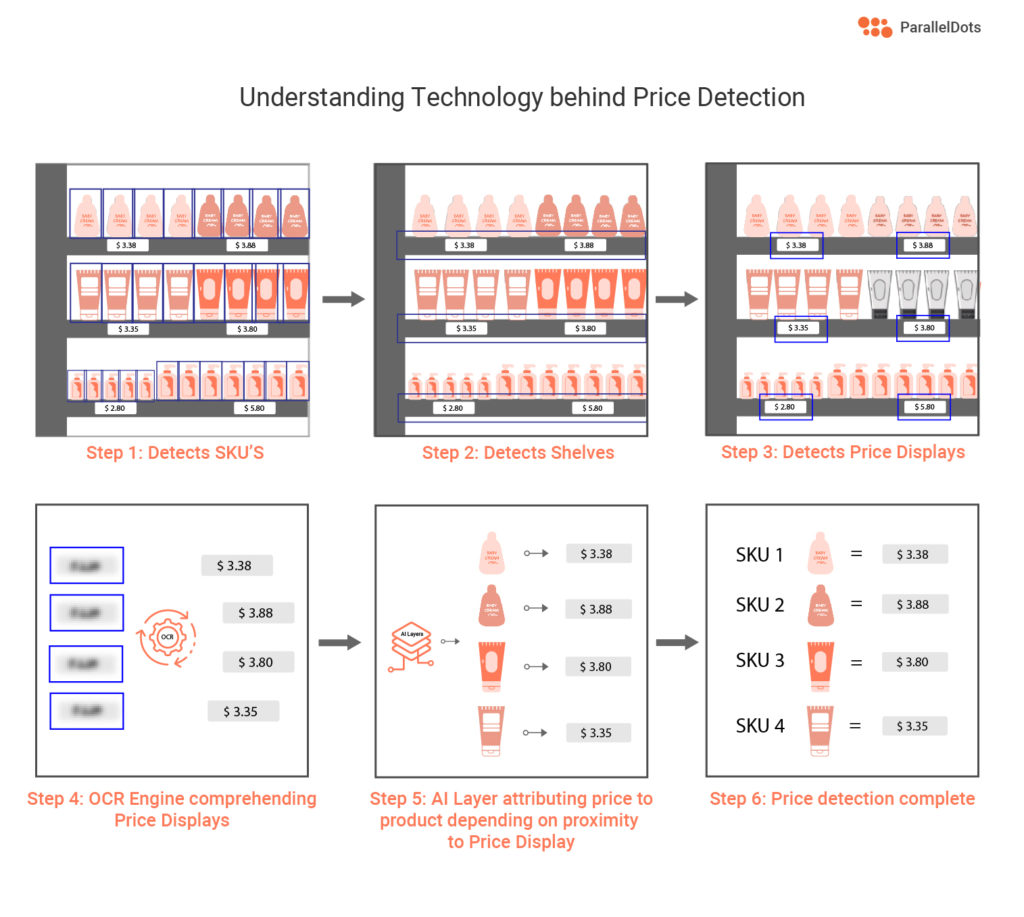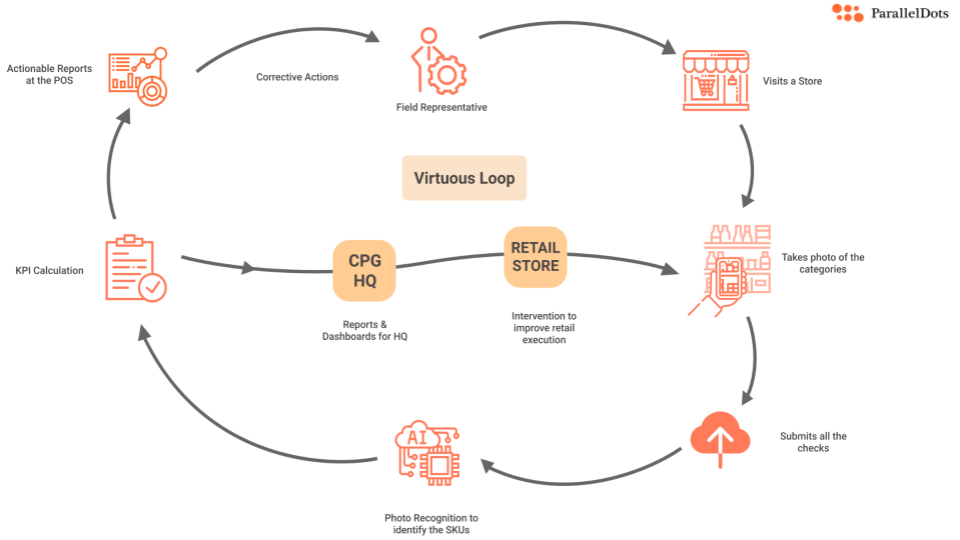
Over the past decade, a systematic shift has been observed in the retail execution strategy of the CPG and retail brands – courtesy the advent of e-commerce. E-commerce has so pervaded the retail space that people even questioned the need for physical stores. This is what made it imperative for brands to rise up to the challenge and “up” their retail execution game, with the goal to remain relevant, and achieve that delicate balance between sales and consumer satisfaction.
To do so, CPG and retail brands have reinvented their retail execution programme. In this blog we will go through the problems they face and how they can be addressed using the tools of digital transformation.
Problems faced by CPG & Retail Brands –
When shopping at your local grocery store or a supermarket, consumer experiences may be good or bad. This shopping experience greatly affects retailer’s sales. Here are some of the most common ones –
Out of Stock items –
When shopping at a store, very little can be as frustrating as finding out that one or a few items on your shopping list aren’t available at that very hour. Out-of-stock items could cost retailers massive amounts of cash, burning up to $1 billion in lost sales. It also radically decreases customer satisfaction and increases the chances that they’ll try another store in the future. It’s also bad for the CPG manufacturers themselves as it leaves a stale brand image.
Pricing Display –


Misinformation could be very costly for either customers or retailers. The importance of price display monitoring for Consumer Packaged Goods (CPG) companies mainly comes from high instances where incorrect prices are displayed to the user than what was intended. Some such instances that lead to it are –
- When retailers don’t follow the guided price range.
- A missing price display.
- An incorrect location of price display.
- Promotions (like discounts and combo pack prices) may not be reflected in the price display.
- Price display does not reflect the changed pricing.
A lot goes into pricing strategies and approaches. It has been reduced to an exact science for many large CPG companies. But all that can go down the drain if their is ambiguity in the comsumer’s mind regarding the price of the product on shelf. Manufacturers curb this concern by sending sales representatives to counter-check compliance standards in individual stores.
Lack of immediate redressal of retail execution issues –
Most CPG manufacturers rely on manual methods for addressing retail execution issues. For instance, lets take the Share of Shelf (SoS) KPI. CPG and retail brands can either conduct self – reporting by field reps or make use of third-party retail audits to ensure SoS compliance. On top of the time and energy that physical spot checks can eat up, there’s also the issue of getting erroneous data because manual spot checks can often or not, be inaccurate.


Of course, some might argue that the best way to deal with that issue is to be more data-specific when doing checks, which is a great solution. But to take a manual route would only slow down the action process and leave many recurring issues unanswered?
The Goal: Improving Retail Execution
In-store strategists and CPG sales team should focus on improving the overall retail execution to promote better consumer experience. And that’s where the importance of strategic planning in retailing comes into play. Through tactically approaching the strategy improvement process, stakeholders can focus on creating long-lasting solutions that address the heart of certain recurring issues in retail.
The following are some of the approaches retailers and manufacturers can take to improve their retail execution –
Provide accurate information
To ensure that information such as pricing always remains accurate, put in software and automations to help with the tagging and checking processes.
Prices change with new offers and scheduled price increases, so having a digital system to help track price changes and tagging could also help stay efficient and accurate at the same time
Now, companies are starting to turn to price detection using image recognition that automatically checks products on shelves simply by taking a few photos and running a smart check through intelligent image recognition solutions for retail execution


Keep track of stocks
If you’re a retailer or manufacturer that dreams of never having an “out-of-stock” sign on your shelf, we need to start tracking our stocks better. Many retailers are now using new technologies to improve retail execution in inventory management as digitized services help streamline the stock management process. Technologies in artificial intelligence, image recognition, and data analysis are also starting to introduce more use-case scenarios to improve the back-end and front-end experience in-store.
A Robust Feedback Mechanism –
Using AI based image recognition tools like to create a robust redressal mechanism in the form of a virtuous feedback loop. It can give real-time KPI insights to both the sales rep and the CPG leadership. The sales rep is to capture shelf space images and upload it to the server. The AI generates instant insights in the form of a report which is shared with both the sales reps and the CPG management.


The sales rep is able to solve the issue immediately in the store, and simultaneously the AI also relays the issue to the CPG HQ. The brand leadership has a dashboard which has access to the KPIs calculated, and they communicate with both the sales rep and the retailer to improve their retail execution.
Creating Scorecards for Sales Reps and Retailers –
Image recognition solutions like ShelfWatch can also be customized to create a scorecard – All the brand has to do is set KPI compliance targets for its sales reps and retail partners. Depending on the targets achieved by them, a scorecard is created. This makes it easy to discern the underperforming field reps. It also pinpoints which retailers are not distributing the stock as decided by the terms of trade with the brand. The scorecard is also used to identify where the targets have been achieved, and using it as a base, incentives/bonuses can be determined.



In conclusion, calculating KPIs is an important lever that brands have to help them win the battle on the shelf. The only reason they are often unable to leverage it is the lack of an accurate and effective KPI measurement programme.
Using image recognition tools to aid in KPI measurement can be a viable, feasible and accurate solution to all the woes of CPG manufacturers. Eventually, ROI will be generated in the form of increase in market share for their SKUs. Thus, Image recognition thus helps in creating a KPI driven organization, where performance is valued, and adequately rewarded through incentives.



Liked the blog? Check out our other blogs to see how image recognition technology can help brands improve their execution strategies in retail.
Want to see how your own brand is performing on the shelves? Click here to schedule a demo for ShelfWatch.
- &
- access
- Action
- AI
- All
- Ambiguity
- analysis
- artificial intelligence
- Back-end
- Battle
- BEST
- Billion
- Blog
- brands
- Building
- Cash
- challenge
- chances
- change
- checking
- Checks
- Common
- Companies
- compliance
- consumer
- consumer experience
- content
- cpg
- Creating
- Customer satisfaction
- Customers
- dashboard
- data
- data analysis
- deal
- Detection
- digital
- digital marketing
- Digital Transformation
- dreams
- driven
- e-commerce
- eat
- Effective
- energy
- execution
- experience
- Experiences
- Face
- Focus
- follow
- form
- future
- game
- good
- goods
- great
- grocery
- here
- High
- How
- HTTPS
- identify
- image
- Image Recognition
- Increase
- information
- insights
- Intelligence
- inventory
- Inventory Management
- issues
- IT
- large
- lead
- Leadership
- Leverage
- List
- local
- location
- management
- Manufacturer
- Market
- Marketing
- monitoring
- news
- OCR
- Offers
- partners
- People
- performance
- physical
- planning
- politics
- Posts
- price
- pricing
- Product
- Products
- promote
- range
- real-time
- report
- retail
- Retail execution
- retailer
- retailers
- retailing
- Route
- running
- sales
- Science
- Services
- set
- Share
- shared
- ShelfWatch
- shift
- Shopping
- smart
- So
- Software
- Solutions
- SOLVE
- Space
- Spot
- standards
- start
- stay
- stock
- Stocks
- store
- stores
- Strategic
- Strategy
- system
- Technologies
- Technology
- The Future
- time
- top
- track
- Tracking
- trade
- Transformation
- valued
- win




